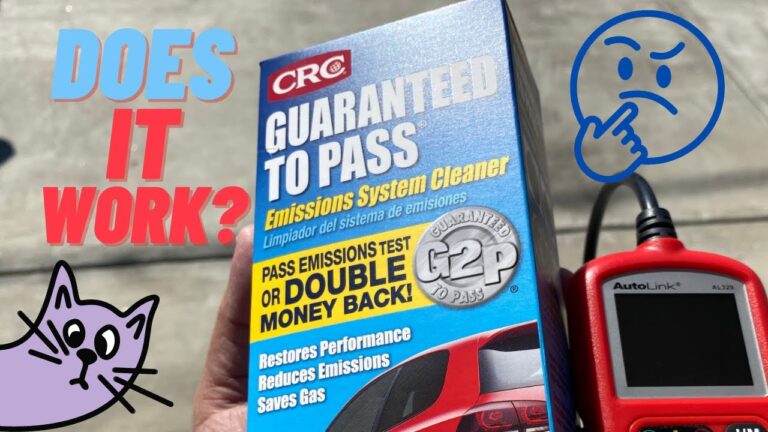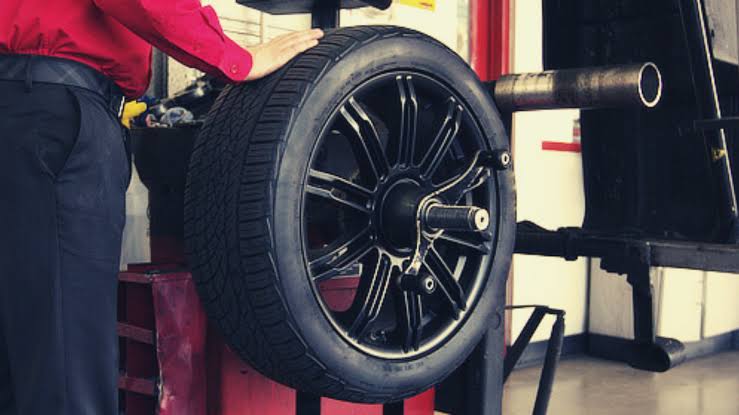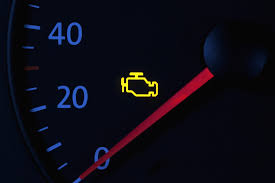Will Low Coolant Cause the Check Engine Light?

The check engine light (CEL) in your vehicle is an important indicator that alerts you to potential issues with your car’s engine or related systems. While the light can be triggered by various problems, many drivers wonder if low coolant levels could be the culprit. In this article, we’ll explore how low coolant can affect your engine and whether it might cause the check engine light to come on.
How Low Coolant Affects Your Engine
Coolant is essential for regulating the temperature of your engine. It circulates through the engine block and absorbs heat, helping to maintain optimal operating temperatures. When coolant levels drop too low, it can lead to engine overheating, which can cause a series of problems.
1. Engine Overheating
- Direct Impact on the Engine: If your coolant level is low, your engine may overheat. Overheating can cause serious damage to engine components, including the head gasket, radiator, and even the engine block. This kind of damage can trigger the check engine light and indicate that there is a significant issue with your cooling system.
2. Increased Engine Pressure
- Pressure Imbalance: Low coolant can also lead to increased engine pressure, which can damage seals and gaskets, potentially causing further engine issues. The engine’s sensors may detect these pressure fluctuations and trigger the check engine light to warn you of potential harm.
Can Low Coolant Directly Trigger the Check Engine Light?
In most cases, low coolant itself will not directly trigger the check engine light. The check engine light typically activates when the engine control unit (ECU) detects an issue through sensors in the engine or exhaust systems. However, low coolant can indirectly lead to the check engine light coming on due to the following:
1. Engine Overheating
- Oxygen Sensor or Coolant Temperature Sensor Issues: If the engine overheats because of low coolant, the coolant temperature sensor or oxygen sensor might detect abnormal temperature changes. These sensors can send data to the ECU, which will illuminate the check engine light to indicate an issue.
2. Damage to Engine Components
- Impact on Other Systems: Low coolant causing engine overheating can damage various parts of the engine, such as the cylinder head or radiator. If any of these parts fail, the car’s ECU may detect the problem and trigger the check engine light.
Common Symptoms of Low Coolant That May Cause the Check Engine Light
While the check engine light may not turn on solely because of low coolant, there are other warning signs of low coolant that could lead to further engine issues that might trigger the CEL:
1. Overheating Warning
- Temperature Gauge: If the engine’s temperature gauge rises into the red zone, it’s an indication of overheating. If the engine overheats, it could trigger the check engine light.
2. Unusual Engine Sounds
- Knocking or Pinging: If there’s insufficient coolant, the engine may produce unusual sounds, such as knocking or pinging, which could lead to sensor errors that activate the CEL.
3. Coolant Leaks
- Visible Leaks or Sweet Smell: If you notice a puddle of coolant under your car or smell a sweet odor (which is typical of coolant), this could indicate a leak. A leak in the cooling system can also lead to engine problems that might turn on the check engine light.
What Should You Do If the Check Engine Light Comes On Due to Low Coolant?
If your car’s check engine light turns on and you suspect low coolant as the cause, here are the steps you should take:
1. Check Coolant Level
- Inspect the Reservoir: Open the hood and check the coolant reservoir to ensure it’s within the proper range. If it’s low, top it off with the appropriate type of coolant for your vehicle.
2. Check for Leaks
- Inspect for Leaks: If you’ve noticed puddles of coolant under the vehicle, inspect the hoses, radiator, and engine for visible leaks. Leaks can cause coolant levels to drop quickly.
3. Monitor Engine Temperature
- Temperature Gauge: Keep an eye on the temperature gauge. If it continues to rise, it may indicate a more serious issue, and you should avoid driving the car until it’s addressed.
4. Reset the Check Engine Light
- Clear Codes with a Scanner: After addressing the low coolant issue, use an OBD-II scanner to reset the check engine light. If the problem persists, the light may come back on, indicating further engine issues.
5. Consult a Mechanic
- Professional Inspection: If you’re unable to resolve the issue or the check engine light stays on, it’s important to take your vehicle to a mechanic for a professional inspection. They can diagnose any underlying problems and ensure your vehicle is operating safely.
Can You Drive With Low Coolant and the Check Engine Light On?
It is not recommended to continue driving if your vehicle is low on coolant and the check engine light has come on. Driving in this condition could lead to serious engine damage due to overheating. It’s best to address the coolant issue immediately to prevent further complications.
Conclusion
While low coolant typically won’t directly trigger the check engine light, it can lead to overheating, which may activate the light as the engine’s sensors detect abnormal conditions. It’s important to maintain the proper coolant level in your vehicle to avoid engine damage and ensure the smooth operation of your car’s systems. If the check engine light comes on and you suspect low coolant is the cause, check the coolant level and monitor the engine for signs of overheating. If the issue persists, seek professional help to prevent further damage to your engine.
FAQs
1. Can low coolant cause the check engine light to come on?
- While low coolant itself doesn’t usually trigger the check engine light, it can lead to engine overheating, which can activate the light due to abnormal sensor readings.
2. How do I know if my coolant is low?
- Check the coolant reservoir under the hood. If the coolant level is below the minimum mark, it’s time to top it off.
3. What happens if I drive with low coolant and the check engine light on?
- Driving with low coolant can cause engine overheating, leading to serious damage. It’s best to address the issue immediately to avoid further harm.
4. How do I fix low coolant?
- Top off the coolant with the appropriate type for your vehicle and check for any leaks in the system.
5. Can low coolant cause engine damage?
- Yes, low coolant can lead to overheating, which can cause significant damage to engine components such as the head gasket, radiator, and engine block.





